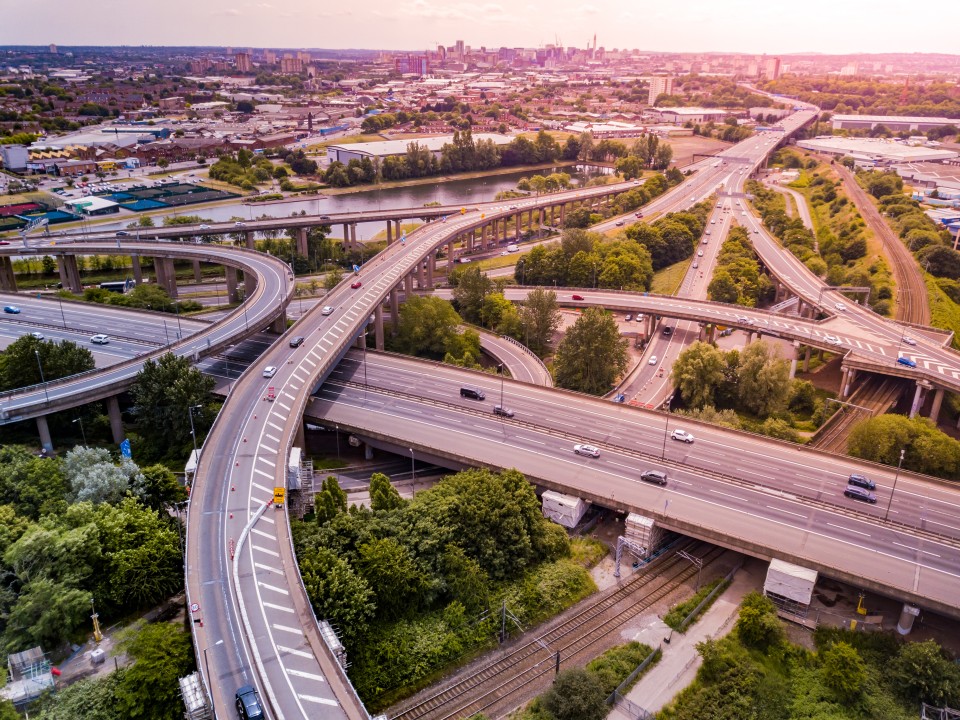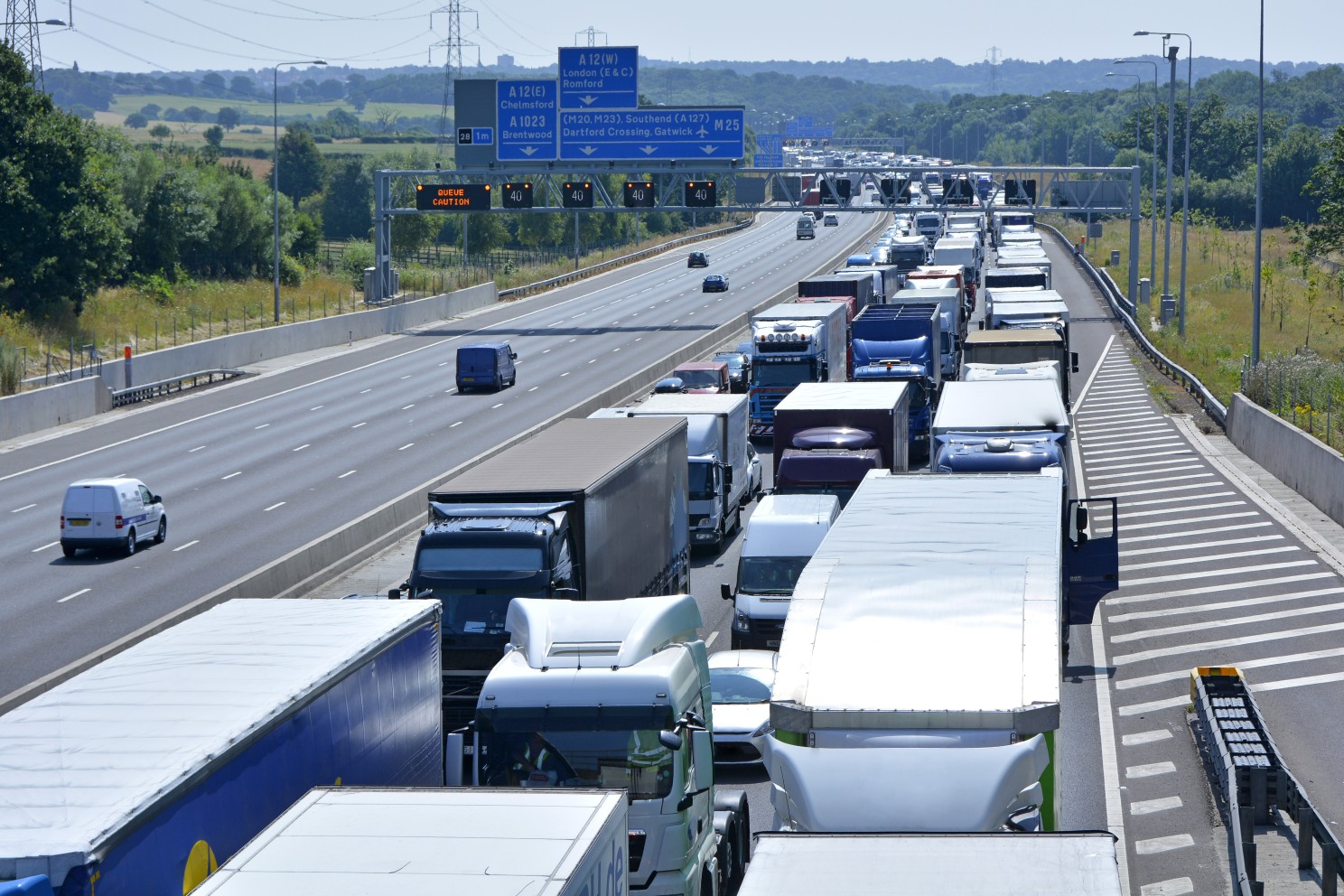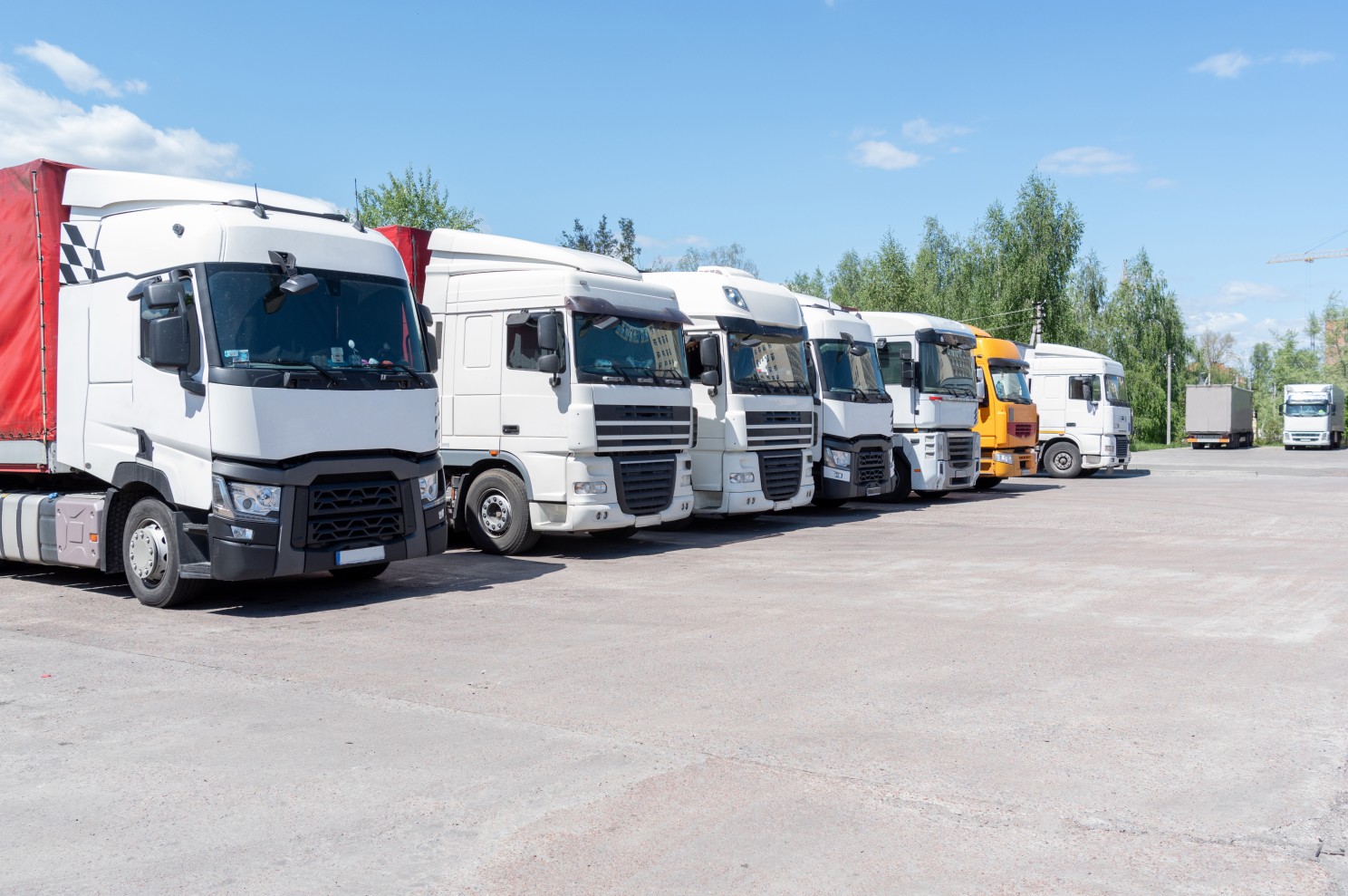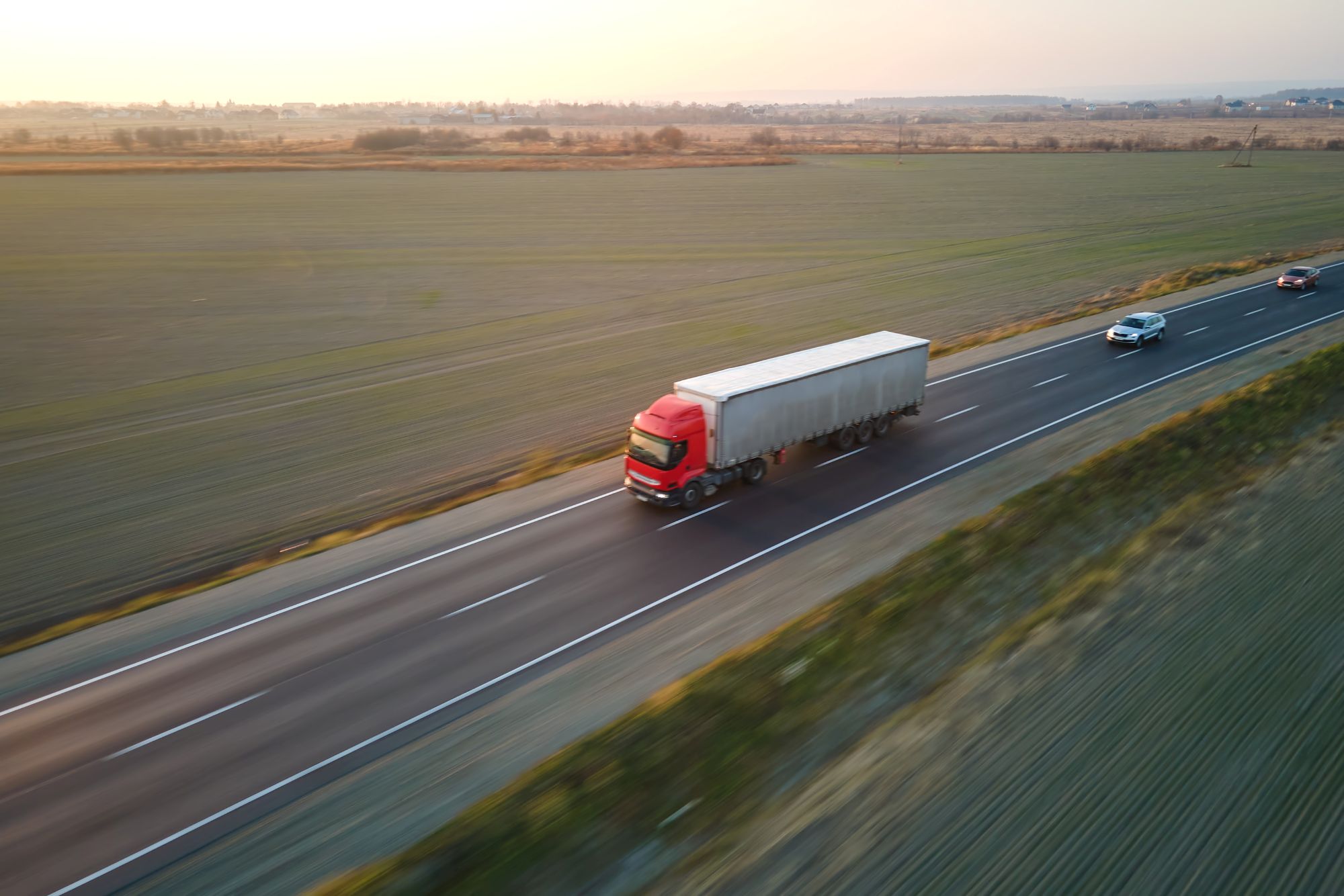
Susie Jones
Síť Sever: Jaký to bude mít přínos pro řidiče kamionů?
Vytvořeno: 12.08.2024
•
Aktualizováno: 12.08.2024
Na začátku října vláda oznámila svůj plán zrušit stavbu HS2 a přesměrovat finanční prostředky na zlepšení dopravní infrastruktury v zemi - projekt známý jako Network North. Tento projekt poskytne 36 miliard liber na zlepšení hlavních silnic, které se staly jablkem sváru pro řidiče. Toto oznámení mnohé překvapilo, ale co to znamená pro řidiče kamionů, kteří po těchto silnicích donekonečna jezdí?
Stávající programy pro zlepšení stavu silnic
Vláda navýší financování většiny stávajících projektů hlavních silnic a velkých místních silnic. Na tyto programy se bude přispívat z 85 % na 100 %, aby se zajistilo jejich uskutečnění. Seznam programů na zlepšení silnic je k dispozici na gov.co.uk. Dodatečné financování těchto programů zlepší efektivitu silnic v celé zemi.
Systémy strategické silniční sítě
Cílem programu strategické silniční sítě je snížit dopravní zácpy a zajistit plynulejší cestování pro ty, kteří často využívají silnice. Vítaný pokrok pro řidiče kamionů, pro které se stání v zácpách stalo normou.

The North
Křižovatka M6 Junction 15 - Je jedním z nejvytíženějších úseků silnice ve Spojeném království, po kterém denně projede více než 127 000 vozidel, a proto již dlouho trpí velkými dopravními zácpami a nepředvídatelnými jízdními dobami. Těsné zatáčky na výpadovce se ukázaly jako náročné pro řidiče nákladních vozidel - způsobovaly převrácení a zvýšená dopravní zpoždění. Slibované změny by měly snížit dopravní zácpy a zvýšit bezpečnost křižovatky.
Dva projekty v severozápadním kvadrantu Manchesteru - Na M60 denně 180 00 cestují dojíždějící a dálkoví řidiči. Cílem projektů Severozápadního kvadrantu je obchvat J12-J18 a přestavba křižovatek 12, 13 a 14. Další doplňky, jako je spojovací silnice s A57 a zvýšení kapacity křižovatek devět, deset, sedmnáct a osmnáct, zlepší dopravní zácpy a jízdní doby.
A1 mezi městy Morpeth a Ellingham - 12,8 km dlouhý úsek je od doby, kdy byl navržen, sužován zpožděním výstavby. Cílem projektu Network North je však zahájit rozvoj rozšířením tohoto úseku silnice - zlepšení jízdní doby, bezpečnosti a odolnosti.
Midlands
A5 mezi Hinckley a Tamworthem - Ačkoli další podrobnosti ještě nebyly zveřejněny, bylo naznačeno, že v jejich plánech bude hrát významnou roli zmírnění dopravních zácp.
Zlepšení koridoru A50/A500 mezi městy Stoke a Derby - tato trasa s průměrnou rychlostí ve špičce nižší než 20 km/h se ukázala jako pomalá a nespolehlivá pro řidiče nákladních vozidel a dojíždějící. Program Network North pravděpodobně:
Vytvoření 17 760 nových pracovních míst do roku 2061
Do roku 2061 se počet obyvatel v oblasti zvýší o 21 538.
V příštích 60 letech se hrubá přidaná hodnota (HPH) zvýší o 12,04 miliardy liber.
Jihovýchod
- A2 Brenley Corner - síť Network North, známá jako nejpřetíženější křižovatka v Kentu, slibuje, že do této oblasti bude investovat, což je skvělá zpráva pro řidiče kamionů cestující do Doveru. Další podrobnosti o plánech rozvoje budou teprve zveřejněny. O plánech na zlepšení Brenley Corner se však hovoří již od roku 2021.
Skotsko
- Zlepšení A75 mezi Gretnou a Stranraerem - A57 nutně potřebuje zprůjezdnění, protože v současné době mají řidiči kamionů povolenou rychlost 40 km/h, což způsobuje zácpy a dlouhá zpoždění. Jelikož se jedná o klíčovou trajektovou spojnici mezi Severním Irskem a Velkou Británií, řidiči kamionů, kteří tuto spojnici využívají, budou mít z projektu velký prospěch.

Zlepšená silniční infrastruktura zmírní dopravní zácpy a ušetří řidičům nákladních vozidel drahocenný čas a náklady na pohonné hmoty, což přispěje k rychlejšímu doručování. Cílem programu Network North je zlepšit život řidičů nákladních vozidel a ostatních účastníků silničního provozu zvýšením bezpečnosti a efektivity.
Kolik lidí složí zkoušku na těžké nákladní vozidlo napoprvé?
Podle zprávy Statista byla v letech 2007-2021 průměrná úspěšnost při praktické zkoušce na těžké nákladní vozidlo přibližně 50 %. Z údajů gov.co.uk vyplývá, že v letech 2022-2023 složilo ve Spojeném království zkoušku LGV 75,9 % mužů oproti 75,9 % žen, které zkoušku složily.
Je řízení kamionu stresující?
Stejně jako u každého povolání jsou některé aspekty stresující. Dlouhé hodiny strávené mimo dosah svých blízkých mohou u mnoha řidičů způsobit osamělost a izolaci. Řízení kamionu je navíc někdy práce pod vysokým tlakem - s napjatými termíny dodávek a navigací v nepředvídatelných povětrnostních podmínkách.



